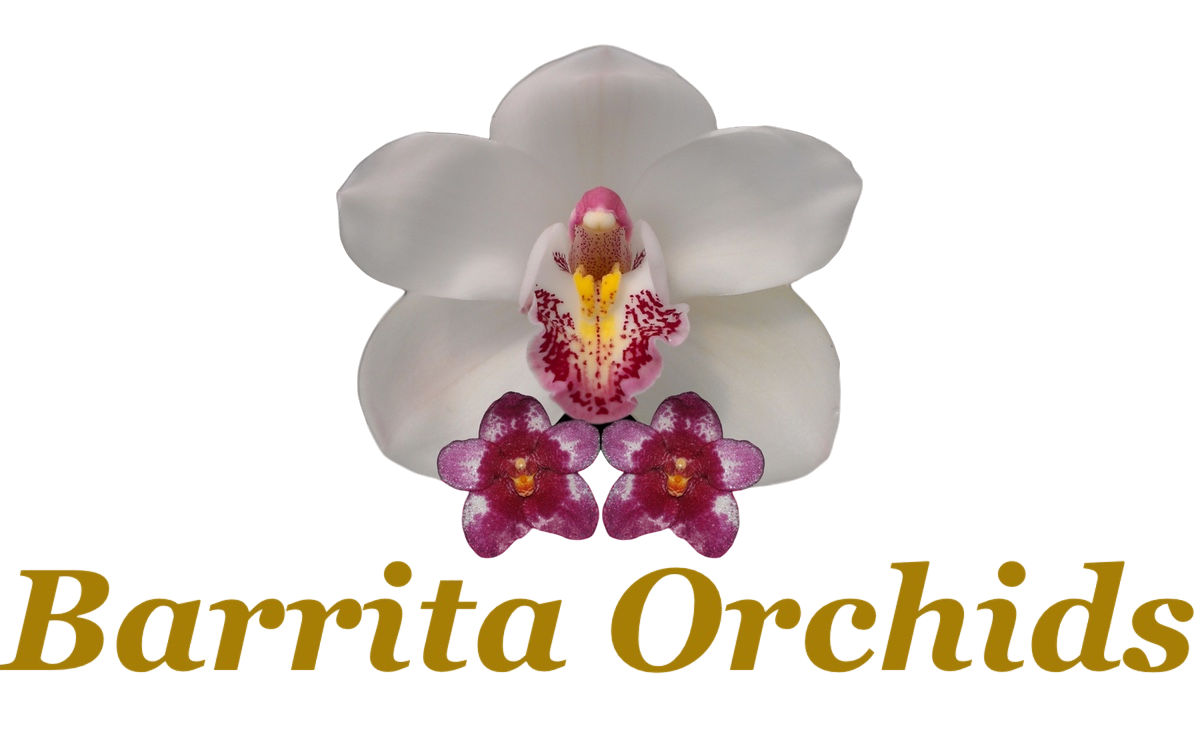What to grow in.
One of the ongoing topics orchid growers dwell on is the contents of the pot, or more correctly “media components”. You can grow an orchid in any media if you know how often to water it. This aspect is driven by the plant’s requirements, based on pot size and environmental conditions (such as temperature and air movement), and the amount of time the person tending to the orchids has available or wants to spend with their plants.
At Barrita we love to water our plants. It freshens the air in the root zone and adds humidity to the environment. For these reasons, we chose media with low moisture retention. We also have large watering zones (automated sprinkler valves) where pot size and genera can be mixed. It is important to match the rate at media dries and the plants requirements to balance all the factors above.
Over the many years of growing orchids, we have tried many mixes. Organic-based mixes such as bark give good results. But it is the longevity of these mixes that is our issue. Orchids are a long-term project. Most experienced growers recognise that a plant takes time to recover from repotting and, in particular, division. This can be as long as two years, with the best flowering occurring in the third season after dividing a large plant. The use of organic media can make getting a plant to its best a difficult job, as much of this form of media will break down before the plant has reached its best. We choose inorganic, non-biodegradable materials to give the plant's roots stability of air supply. This is crucial as the plants take up the vast majority of their air through the roots. Without a healthy root system in an unchanging media, you are simply not seeing your plant reach its potential.
We use two variations in media: Rockwool, perlite and styrene mix for Cymbidiums, Zygopetalums and Sarcochilus, and for epiphytic genera that prefer a drier root zone, we only use styrene. We deflask epiphytes such as Phalaenopsis, Vanda, Cattleya, Dendrobium, Epidendrum and the very finicky Varicosum-type Oncidiums into fine styrene as it holds a little extra moisture which all young plants like, while more mature plants enjoy the openness of styrene chunks. It is interesting that as the plants mature the water/moisture requirements reduce in most epiphytes and they prefer the drier roots. This tends to happen around one year from the flask.
Bellow: An example of a happy Epidendrum in styrene chunks. This plant had been in this pot for twelve months!







